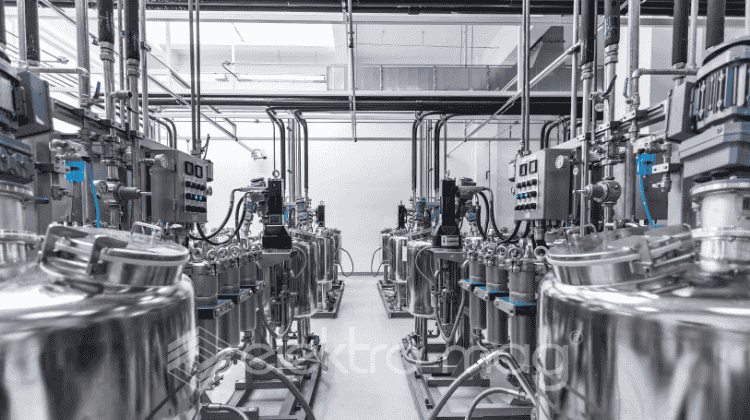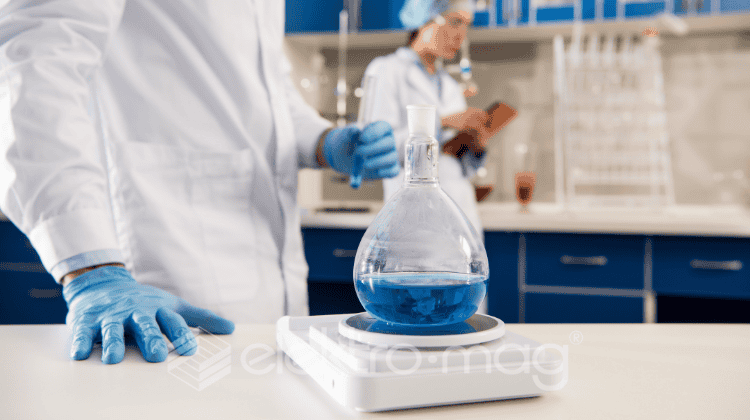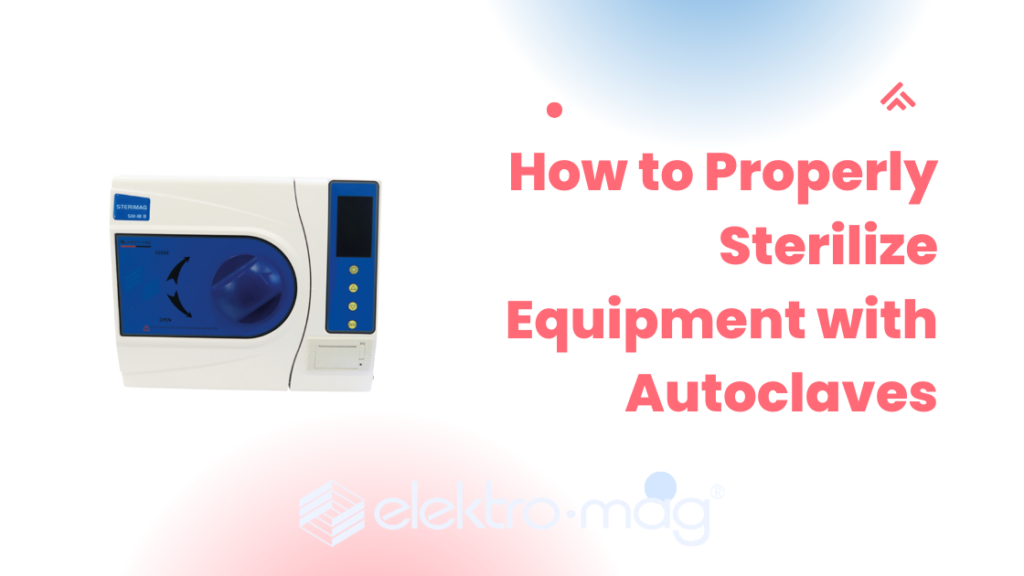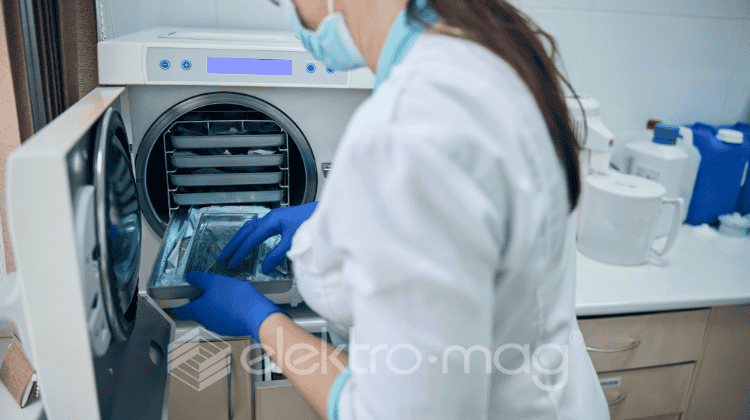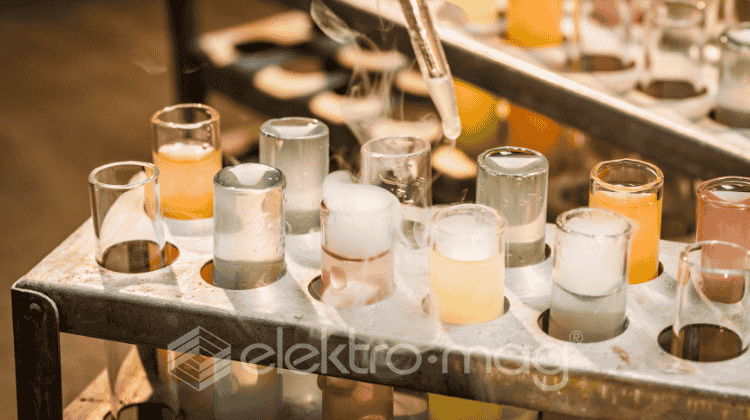
Graduated cylinders are vital for laboratories, offering precise liquid volume measurement. Their tall, narrow design allows for better accuracy than beakers or flasks, though they are less precise than volumetric pipettes or flasks used in quantitative analysis. Available in glass and plastic, these cylinders are marked with calibration lines, representing the volume contained or dispensed, making them essential for controlled experiments.
Graduated cylinders come in various materials:
Glass Cylinders: A Classic Choice
Glass graduated cylinders have been a staple in laboratories for decades. They offer several advantages:
- High Accuracy: Glass cylinders provide precise measurements, making them suitable for critical experiments.
- Chemical Resistance: Borosilicate glass is highly resistant to chemicals, ensuring durability and longevity.
- Clarity: Glass offers excellent clarity, allowing for precise readings.
However, glass cylinders also have some drawbacks:
- Fragility: They can easily break, especially when dropped or subjected to thermal shock.
- Weight: Glass cylinders can be heavy, making them difficult to handle, particularly in large sizes.
Plastic Cylinders: A Modern Alternative
Plastic cylinders, often made from polypropylene, have gained popularity in recent years. They offer several benefits:
- Durability: Plastic cylinders are lightweight and shatterproof, making them safer to handle.
- Chemical Resistance: Polypropylene is resistant to most acids and bases, making it suitable for many laboratory applications.
- Ease of Use: Plastic cylinders are often easier to read, as they can be designed to minimize the meniscus effect.
Despite their advantages, plastic cylinders have some limitations:
- Lower Accuracy: While plastic cylinders are generally accurate, they may not be as precise as glass cylinders, especially for critical measurements.
- Temperature Sensitivity: Some plastic materials may expand or contract with temperature changes, affecting the accuracy of measurements.
Types of Graduated Cylinders
- Standard Cylinders: Traditional cylinders are narrow with a spout for easy pouring and come in capacities ranging from 10 mL to 4000 mL.
- Mixing Cylinders: Featuring ground glass joints and stoppers, mixing cylinders are perfect for dilutions without needing to pour, instead allowing the removal of the liquid with a cannula.
Accuracy and Calibration
Graduated cylinders are classified by accuracy levels:
- Class A Cylinders: Offer double the accuracy of Class B, ideal for precise experiments.
- Single vs. Double Scales: Single scales measure volume from top to bottom, while double scales allow reading for both filling and dispensing.
Measurement Techniques
For the most accurate reading, always measure at eye level at the bottom of the meniscus (for concave liquids). Errors due to meniscus curvature should be accounted for, especially when using glass, which requires an additional ±0.1 mL correction for exact readings.
Glass vs. Plastic: Which to Choose?
| Feature | Glass Graduated Cylinders | Plastic Graduated Cylinders |
|---|---|---|
| Chemical Resistance | High | Moderate (depends on chemical) |
| Durability | Fragile | Shatterproof |
| Meniscus | Requires meniscus reading | Eliminates meniscus issues |
| Weight | Heavy | Lightweight |
Selecting between glass and plastic depends on the experiment’s safety requirements, precision needs, and budget considerations.
Using Graduated Cylinders in Laboratory Applications
Graduated cylinders are versatile and suitable for a variety of laboratory applications, from general volume measurements to indirect solid measurement through liquid displacement. While they provide accuracy within 1%, volumetric glassware, such as pipettes, should be chosen for higher precision needs.
Frequently Asked Questions (FAQs)
Q1: How do I choose between glass and plastic graduated cylinders?
A: Glass is preferred for chemical resistance and precise readings, while plastic provides shatterproof safety, making it ideal for busy labs.
Q2: Why are meniscus readings essential?
A: Meniscus readings, taken at eye level, ensure accurate liquid measurement by accounting for liquid surface curvature.

